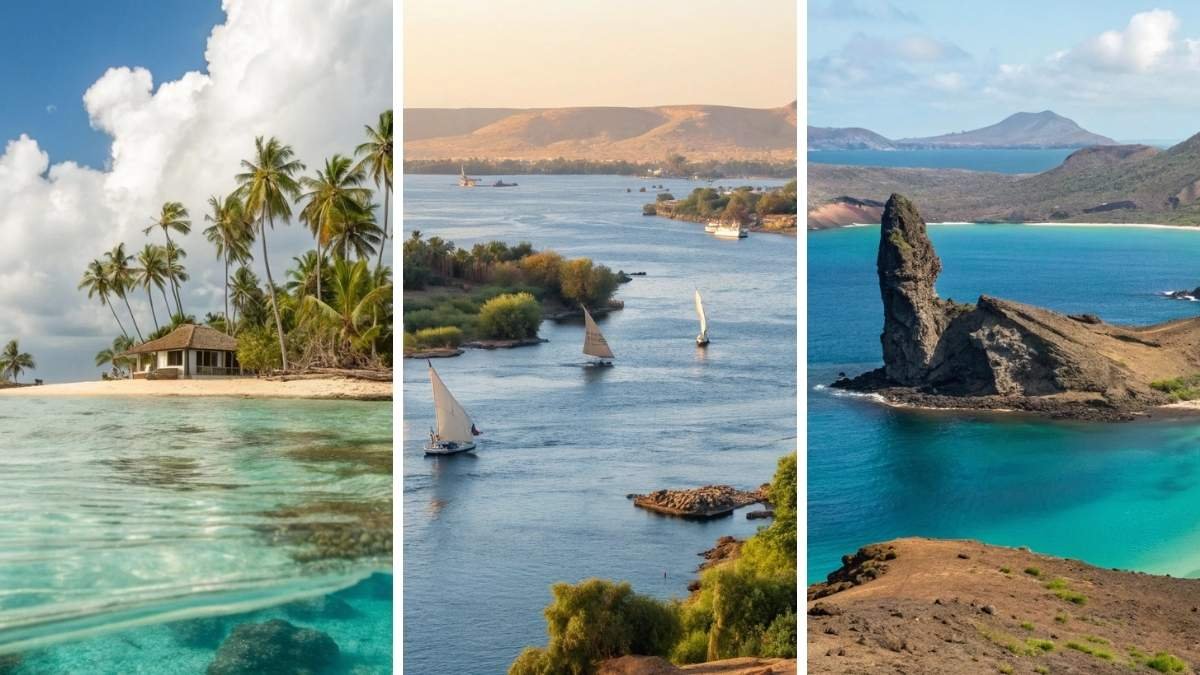
Drifting through endless buffets and crowded decks feels less like adventure and more like routine, doesn’t it? The truth is, the world offers wilder, richer, and far more personal journeys than a floating resort ever could.
Beyond the noise of cruise terminals, there are coastlines where time slows, rivers that carry centuries of stories, and islands so untouched they reset your sense of wonder.
These are places that let you stay longer, connect deeper, and step into rhythms you’d miss from a ship’s balcony. If you’re ready to trade passive sightseeing for real exploration, these alternatives are calling.
1. Amalfi Coast, Italy
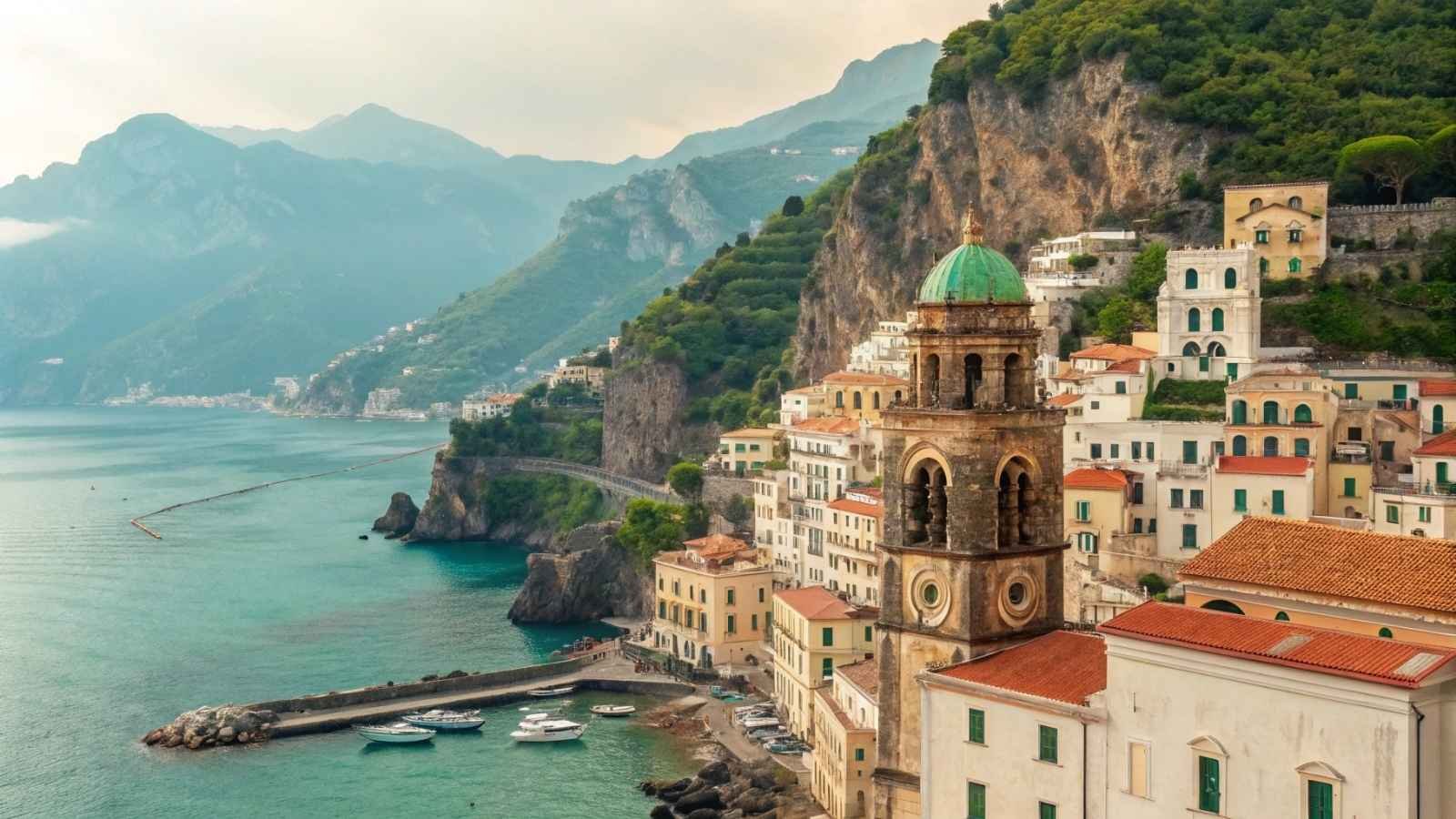
The Amalfi Coast is the kind of place that makes cruises feel irrelevant. Instead of being trapped on a ship, you can wake up in a cliffside villa where pastel-colored towns tumble down into the turquoise sea. The winding coastal road feels like a destination itself, with each turn revealing a new gem—Positano’s cascading homes, Amalfi’s historic cathedral, and Ravello’s garden terraces that seem suspended between mountains and ocean.
What makes it truly better than a cruise is the freedom. You can take a morning ferry to Capri, wander lemon groves in Minori, and sip limoncello overlooking the water—all at your own pace. No set mealtimes, no hurried port stops. Just the kind of slow travel that lets you savor meals, sunsets, and conversations with locals.
There’s also a deep sense of culture here. Beyond the views, you’re walking through a region where fishing traditions, hand-painted ceramics, and centuries-old recipes are still alive. It’s not just sightseeing; it’s stepping into a way of life that cruises sail right past.
- Best Months to Visit: May–June, September–October (fewer crowds, perfect weather)
- Ideal Stay: 5–7 days
- Getting Around: Local buses, ferries, private drivers
- Don’t Miss: Capri day trip, Ravello’s Villa Cimbrone gardens, Positano beach clubs
2. Greek Islands (Santorini, Mykonos, Crete)
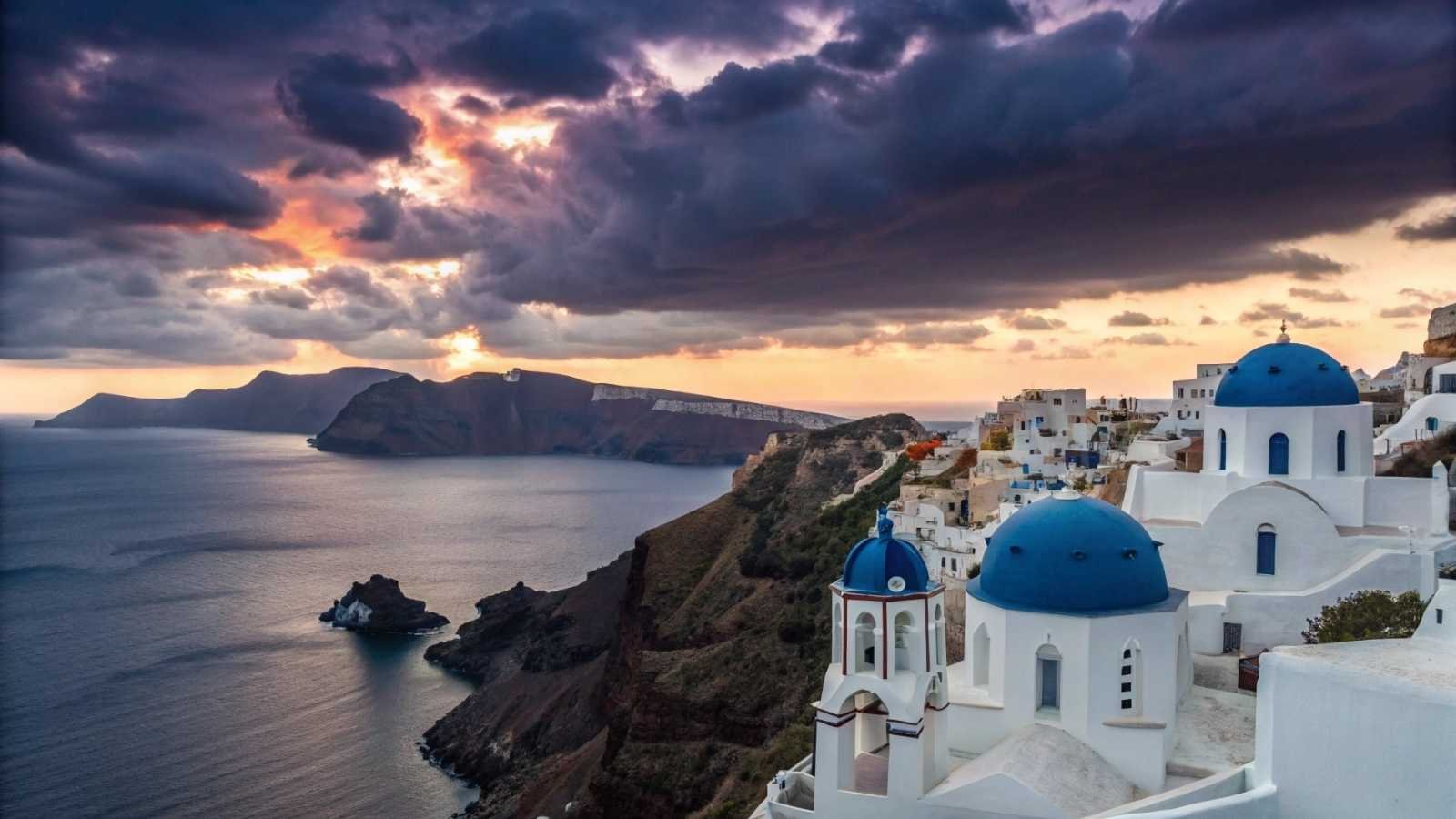
The Greek Islands aren’t one-size-fits-all, which is exactly what makes them far superior to a cruise. Santorini dazzles with whitewashed homes and volcanic cliffs, Mykonos buzzes with nightlife and golden beaches, and Crete offers mountain villages and farm-to-table cuisine. Instead of a few rushed hours at one port, you get to sink into the rhythms of each island.
On Santorini, you can spend evenings chasing the legendary sunsets in Oia, but mornings might find you exploring ancient ruins in Akrotiri or hiking the caldera. In Mykonos, beyond the nightlife, there are quiet corners with charming windmills and traditional tavernas where octopus still dries in the sun. Crete, the largest of the three, lets you dive deeper: rugged gorges, Venetian harbors, and one of the world’s healthiest cuisines.
A cruise ship might sail past all this beauty, but staying on the islands gives you the joy of waking up in it. Whether you rent a scooter, hop local ferries, or base yourself in a family-run guesthouse, the islands reward you with authenticity that ships can’t replicate.
- Best Months to Visit: May–early July, September (warm seas, fewer crowds)
- Ideal Stay: 7–10 days (split between islands)
- Getting Around: Ferries, scooters, local buses
- Don’t Miss: Santorini sunsets, Crete’s Samaria Gorge hike, Mykonos’ Little Venice
3. Norwegian Fjords
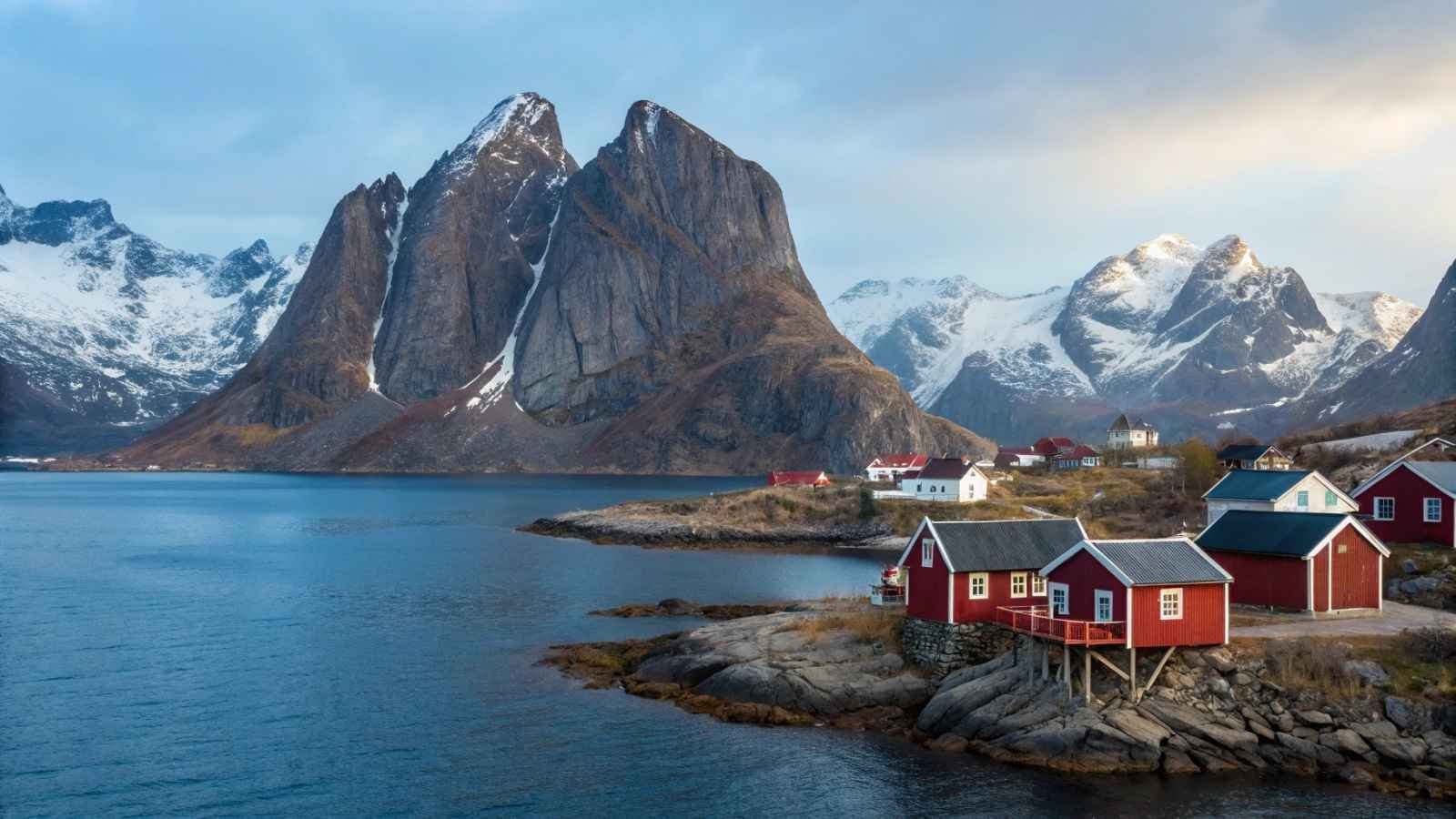
The Norwegian Fjords are nature at its most dramatic—towering cliffs, waterfalls crashing straight into the sea, and quiet villages nestled between mountains. While cruise ships do glide through the fjords, being on land is a completely different experience. You can step into the landscapes, hike above the cliffs, and kayak on waters so still they feel like glass.
Staying in small fjord towns like Geiranger or Flam lets you slow down and take in the silence—something that gets lost when thousands of passengers are competing for the same photo spot. Early mornings in these valleys bring mist rising off the water, and evenings glow long into the night during summer’s midnight sun. It’s pure immersion, not a passing glance.
There’s also something grounding about the simplicity here. Meals of freshly caught fish, rustic cabins overlooking the water, and locals who live in harmony with nature all add depth. It’s not just about the views—it’s about feeling how life flows in one of the world’s most untouched regions.
- Best Months to Visit: June–August (midnight sun), late September–October (autumn colors)
- Ideal Stay: 5–8 days
- Getting Around: Scenic trains (Flam Railway), ferries, rental cars
- Don’t Miss: Geirangerfjord viewpoints, kayaking in Flam, Trolltunga hike
4. Galápagos Islands, Ecuador
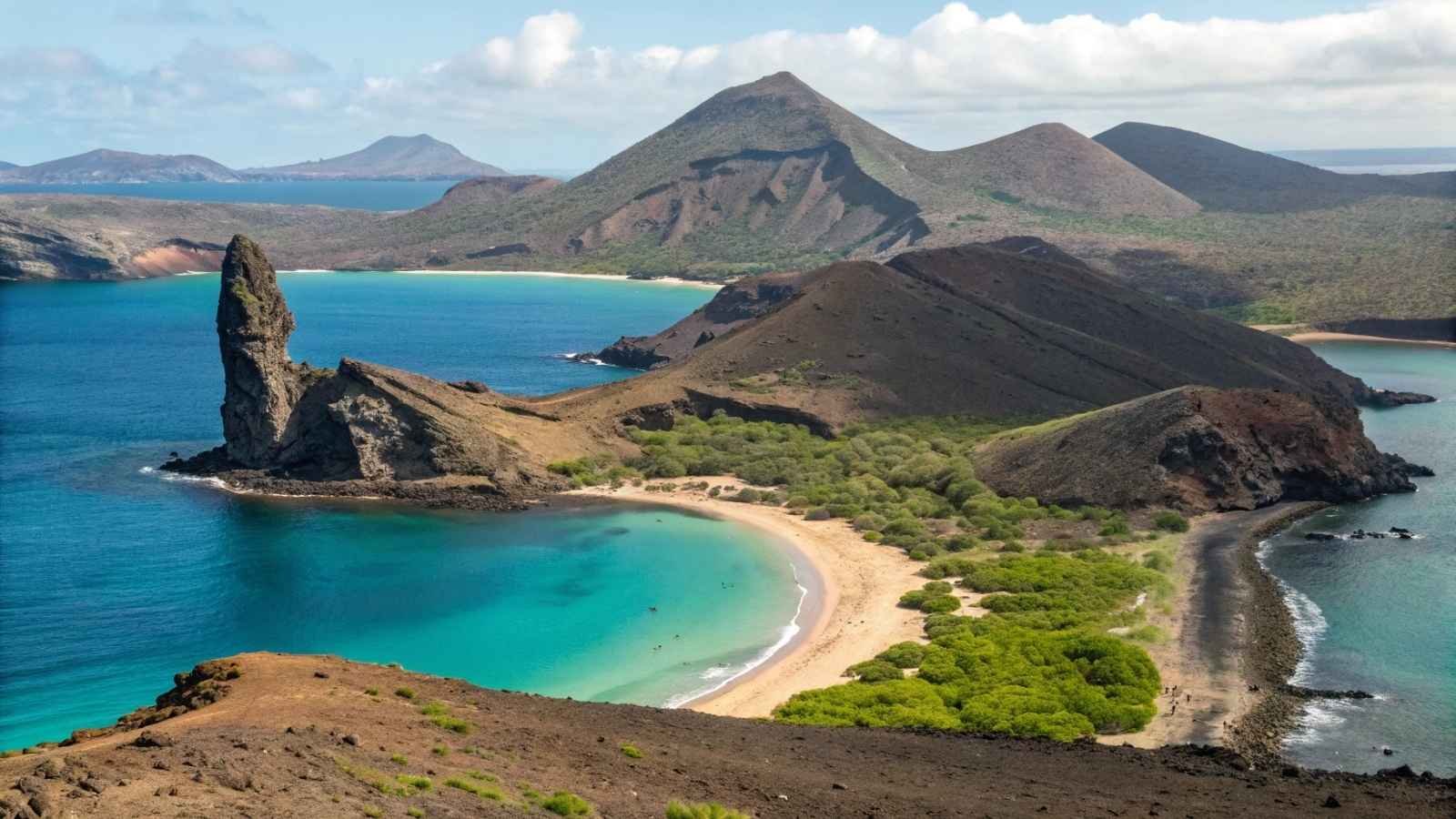
The Galápagos Islands are proof that cruises can’t compete with raw, unfiltered nature. These islands are like a living museum where animals show no fear of humans. You’ll be snorkeling alongside playful sea lions, spotting giant tortoises that live over a century, and watching blue-footed boobies perform their quirky mating dance. It’s not just sightseeing—it’s stepping into one of the most unique ecosystems on Earth.
While cruises are one option here, land-based stays offer far more flexibility and intimacy. You can base yourself on islands like Santa Cruz or Isabela, then take day trips to nearby islets. This way, you get to enjoy evenings at small beachside cafes, chat with locals, and even take a sunset walk without rushing back to a ship.
There’s also a humbling effect the Galápagos has on travelers. Being surrounded by wildlife that evolved in isolation forces you to see the planet differently. It’s a once-in-a-lifetime kind of trip, but only if you give yourself enough time on land to let it sink in.
- Best Months to Visit: December–May (warm, calm seas), June–November (best for marine life)
- Ideal Stay: 7–10 days
- Getting Around: Inter-island ferries, guided day tours
- Don’t Miss: Snorkeling at Los Tuneles, giant tortoises in the highlands, lava tunnels on Santa Cruz
5. Mekong River, Vietnam & Cambodia
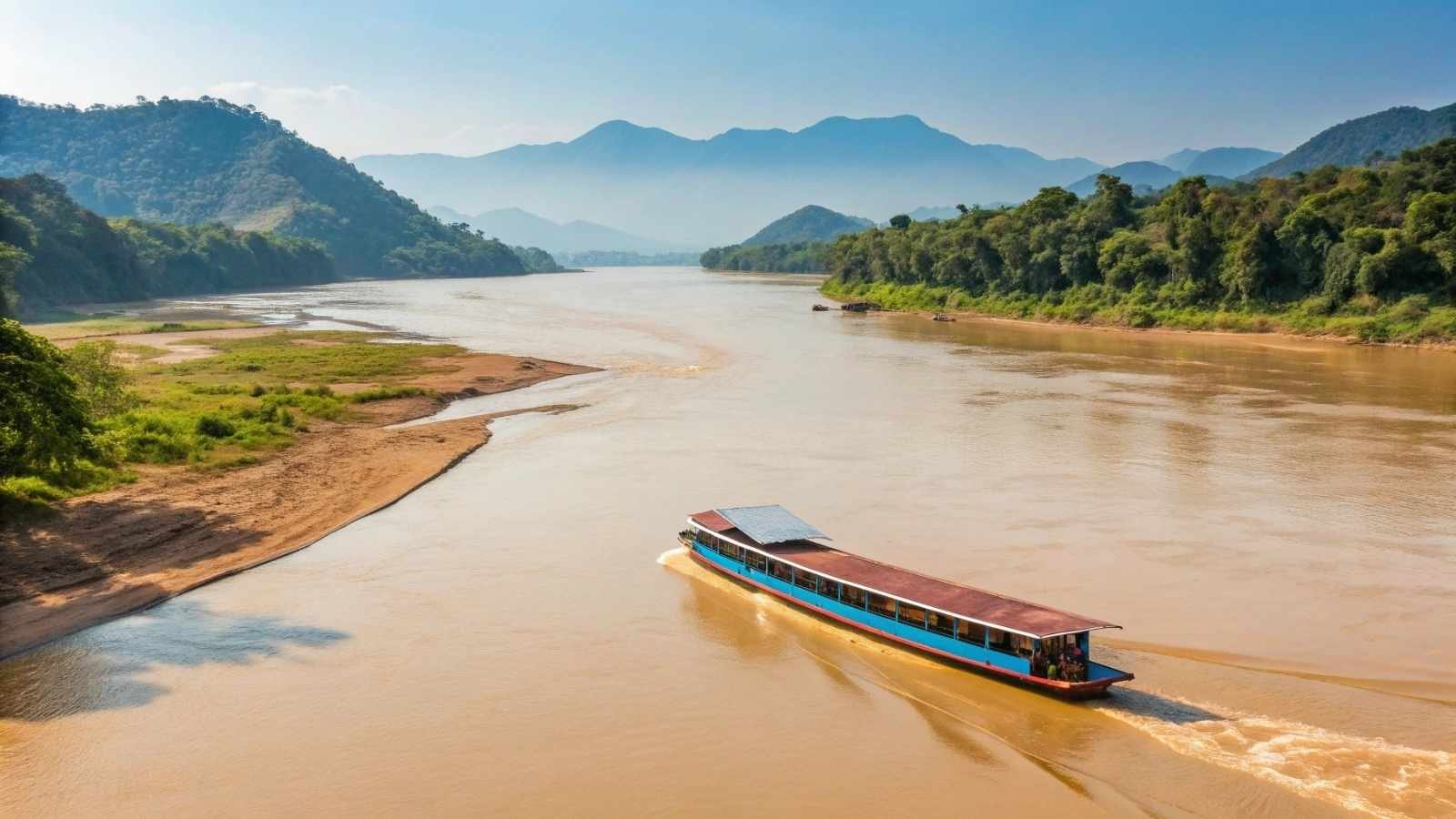
The Mekong River is the heartbeat of Southeast Asia, and traveling it by land beats any floating resort. Along its banks, you’ll find floating markets where vendors sell fruit from wooden boats, fishermen casting nets at dawn, and villages that thrive on the rhythms of the river. Staying in homestays or boutique lodges lets you actually live with the river, not just pass through it.
Vietnam’s Mekong Delta is alive with color—fields of rice, canals lined with coconut palms, and buzzing towns where cycling is the best way to get around. Crossing into Cambodia, the river widens, revealing Khmer temples, tranquil fishing spots, and life that flows at a slower pace. Every bend introduces a new scene, one that cruise itineraries rarely linger on long enough.
There’s a sensory richness here too: the taste of fresh tropical fruit, the sound of boat engines blending with birdsong, the sight of monks in saffron robes walking through riverside villages. It’s not luxury in the traditional sense, but it’s the kind of experience that feels far more valuable than a buffet on a ship.
- Best Months to Visit: November–March (cooler, dry season)
- Ideal Stay: 7–12 days
- Getting Around: Local boats, bicycles, tuk-tuks
- Don’t Miss: Cai Rang floating market, Angkor temples (nearby Siem Reap), sunset boat rides
6. Raja Ampat Islands, Indonesia

The Raja Ampat Islands are often called the “last paradise on Earth,” and for good reason. This remote Indonesian archipelago boasts the richest marine biodiversity on the planet, with over 1,500 species of fish and 600 species of coral. It’s a diver’s dream, but even if you’re not strapping on a tank, snorkeling in the crystal-clear lagoons feels like swimming in a living aquarium.
Unlike crowded cruise ports, Raja Ampat offers seclusion. Most stays are in eco-lodges or homestays run by local Papuan families, where mornings begin with the sound of waves and evenings end under skies blanketed with stars. The islands’ remoteness means fewer tourists, which keeps the sense of untouched wonder alive.
Beyond the reefs, you’ll find dramatic limestone karsts rising out of turquoise waters, hidden lagoons, and quiet jungle trails. It’s the kind of destination where the journey itself—long flights, boat rides, and off-the-grid stays—becomes part of the reward.
- Best Months to Visit: October–April (calm seas, best diving)
- Ideal Stay: 7–12 days
- Getting Around: Local boats, diving excursions
- Don’t Miss: Wayag viewpoint, snorkeling at Cape Kri, birdwatching for the red bird-of-paradise
7. Nile River, Egypt

The Nile River isn’t just a waterway—it’s the thread that holds 5,000 years of history together. While cruises up the Nile are popular, traveling by land along its banks allows you to linger at temples and towns at your own pace. Instead of rushing from Luxor to Aswan, you can spend days wandering among colossal statues, hieroglyph-covered walls, and bustling markets that feel worlds away from the sterile atmosphere of a ship.
Luxor alone could take days to absorb, with the Valley of the Kings, Karnak Temple, and the Avenue of Sphinxes waiting to be explored. In Aswan, the pace slows down, with felucca rides on the river and Nubian villages where hospitality is as memorable as the scenery. Being based on land also gives you time to see sunsets over the Nile that cruises often sail right past.
Travel here isn’t just about sightseeing—it’s about connecting with a civilization that shaped much of the world we know today. Walking the same paths pharaohs once did makes it feel personal, something you can’t quite get from a passing deck view.
- Best Months to Visit: October–April (mild weather)
- Ideal Stay: 7–10 days
- Getting Around: Trains, private drivers, feluccas
- Don’t Miss: Valley of the Kings, Abu Simbel temples, felucca rides in Aswan
8. Dalmatian Coast, Croatia
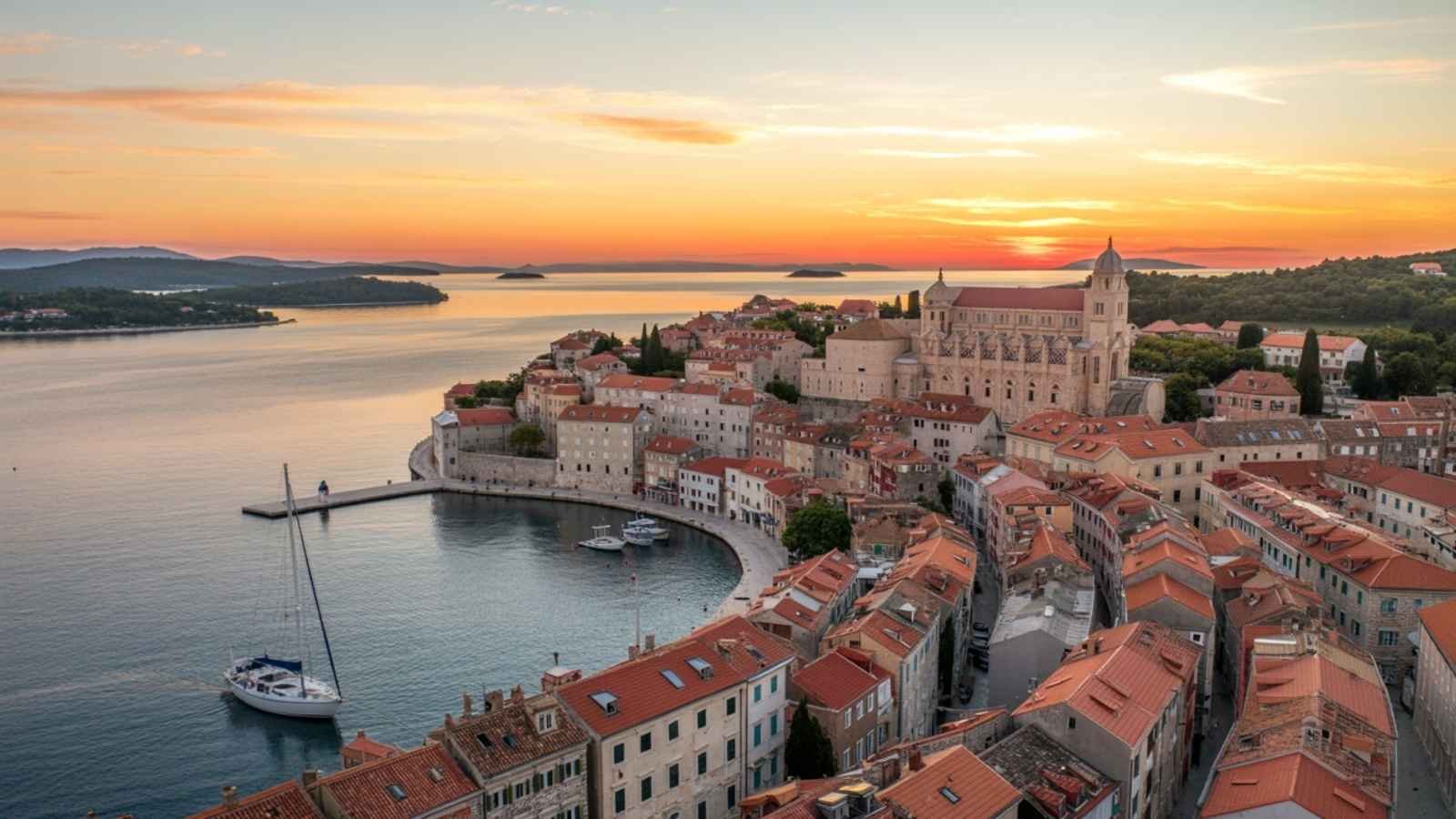
The Dalmatian Coast along Croatia’s Adriatic Sea is a tapestry of medieval towns, sun-soaked beaches, and crystal-clear waters. While cruises dock for a few rushed hours in Dubrovnik, land-based travelers can savor the slow rhythm of life here. Wandering ancient walled cities, swimming in hidden coves, and hopping ferries between islands make this coast endlessly rewarding.
Dubrovnik is undeniably the crown jewel with its polished stone streets and fortress walls, but nearby towns like Split and Trogir offer just as much charm with fewer crowds. Offshore, islands like Hvar and Korčula mix lively harbors with quiet vineyards and sleepy villages. It’s the kind of destination where time stretches and each day blends seamlessly into the next.
Croatia also rewards food lovers with a cuisine that blends Mediterranean and Slavic flavors. Fresh seafood, olive oil, and local wines are everyday indulgences, best enjoyed at a seaside konoba (tavern) while watching the Adriatic sunset.
- Best Months to Visit: May–June, September–October (warmer seas, lighter crowds)
- Ideal Stay: 7–12 days
- Getting Around: Ferries, buses, rental cars
- Don’t Miss: Dubrovnik’s city walls, Hvar beaches, Korčula wine country
9. Whitsunday Islands, Australia
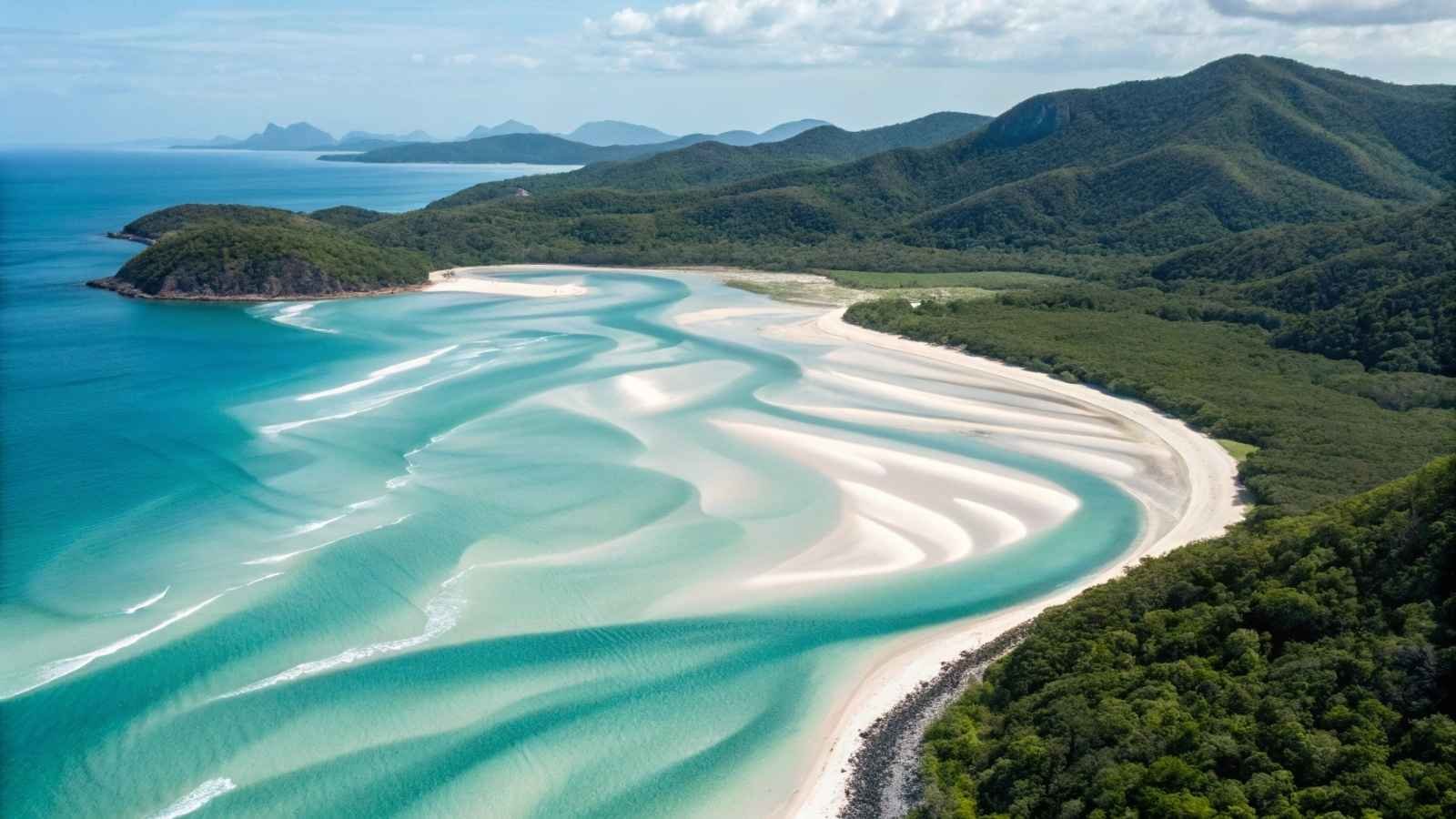
The Whitsunday Islands off Queensland’s coast are the definition of tropical escape. With 74 islands scattered across the Great Barrier Reef, the setting is a natural playground. While cruises skim the surface, staying here lets you experience the powder-white sands and vibrant coral reefs up close.
Whitehaven Beach is the star, with sand so fine it squeaks under your feet, but the islands offer much more than just a pretty shoreline. You can sail between coves, snorkel above coral gardens teeming with marine life, or hike to lookouts that reveal postcard-perfect views. Staying on Hamilton Island or a secluded eco-resort gives you the best of both worlds—comfort and direct access to nature.
The Whitsundays are also one of the most photogenic places on Earth, but being there in person is about more than photos. It’s about quiet mornings with the tide lapping at your doorstep and evenings when the sky lights up in pink and orange.
- Best Months to Visit: April–November (dry season, best reef visibility)
- Ideal Stay: 5–8 days
- Getting Around: Sailing charters, ferries, seaplanes
- Don’t Miss: Whitehaven Beach, snorkeling at Hardy Reef, Hill Inlet lookout
10. Amazon River, Brazil & Peru
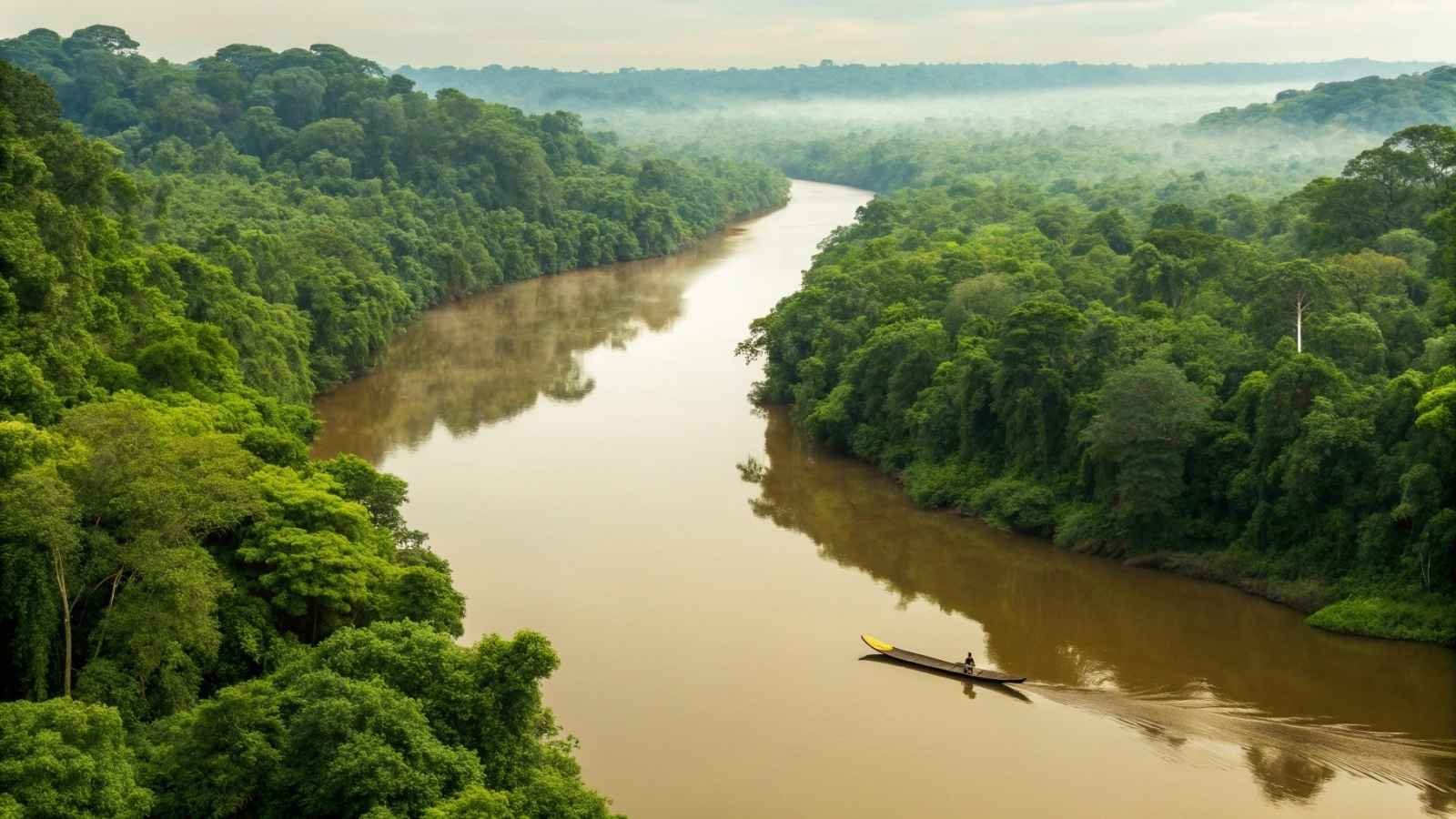
The Amazon River is one of the world’s most powerful waterways, and while cruises do ply its course, being on land (or in smaller local boats) brings you much closer to the real experience. The river isn’t just water—it’s a lifeline for thousands of communities and the planet’s largest rainforest.
Staying in jungle lodges near Manaus (Brazil) or Iquitos (Peru) immerses you in the Amazon’s sounds and colors: howler monkeys calling at dawn, parrots streaking overhead, and the rustle of leaves that might just be a sloth overhead. Guided treks reveal medicinal plants, while night safaris uncover caimans and glowing insects. This is an environment where every moment feels alive.
The Amazon isn’t luxury in the classic sense, but it’s unforgettable. You’ll return with a deeper appreciation for the delicate balance of ecosystems that sustain the planet, something a quick cruise stop could never convey.
- Best Months to Visit: June–September (low water, best wildlife spotting)
- Ideal Stay: 6–10 days
- Getting Around: Local boats, guided jungle treks
- Don’t Miss: Pink river dolphins, canopy walks, indigenous community visits
11. Seychelles
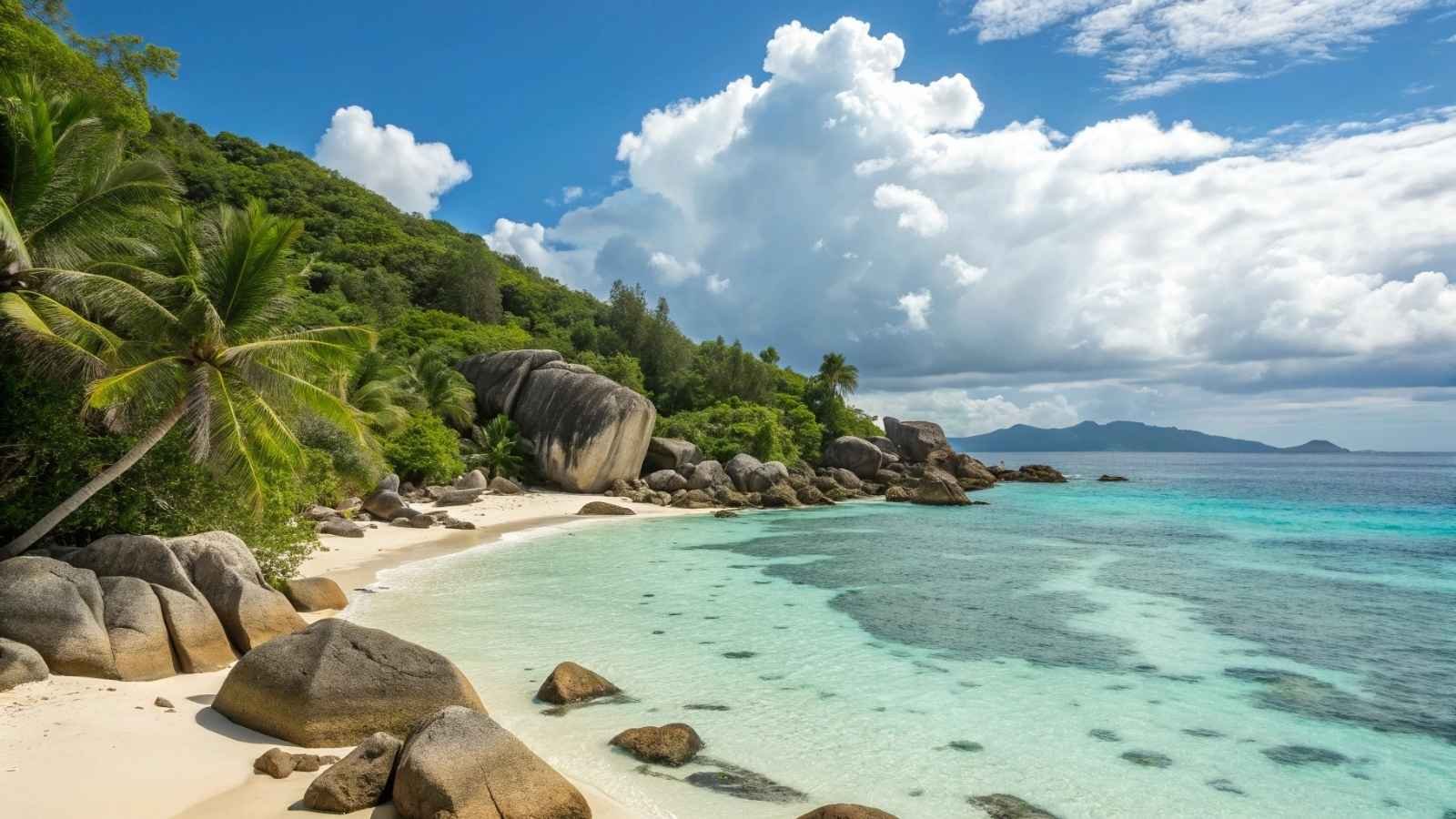
The Seychelles feel like a secret garden in the Indian Ocean. With beaches like Anse Lazio and Anse Source d’Argent that are framed by granite boulders and swaying palms, it’s no wonder they’re often called the most beautiful in the world. Unlike cruises, which anchor offshore for a snapshot, staying on these islands lets you sink into days of unhurried barefoot luxury.
What makes the Seychelles special is the mix of pristine wilderness and cultural diversity. You’ll find trails leading through jungles thick with rare birds, turquoise waters perfect for snorkeling, and markets alive with Creole flavors. The islands balance exclusivity with authenticity—you can stay in a five-star resort or a cozy guesthouse and still feel wrapped in nature.
Evenings here carry a rhythm of their own: sunsets melting into warm nights, waves rolling quietly in the background, and skies freckled with stars. It’s a pace that makes you forget time altogether.
- Best Months to Visit: April–May, October–November (calm seas, ideal for snorkeling)
- Ideal Stay: 6–10 days
- Getting Around: Ferries, domestic flights, bicycles
- Don’t Miss: Vallée de Mai Nature Reserve, Anse Source d’Argent, island-hopping to La Digue
12. Douro River, Portugal
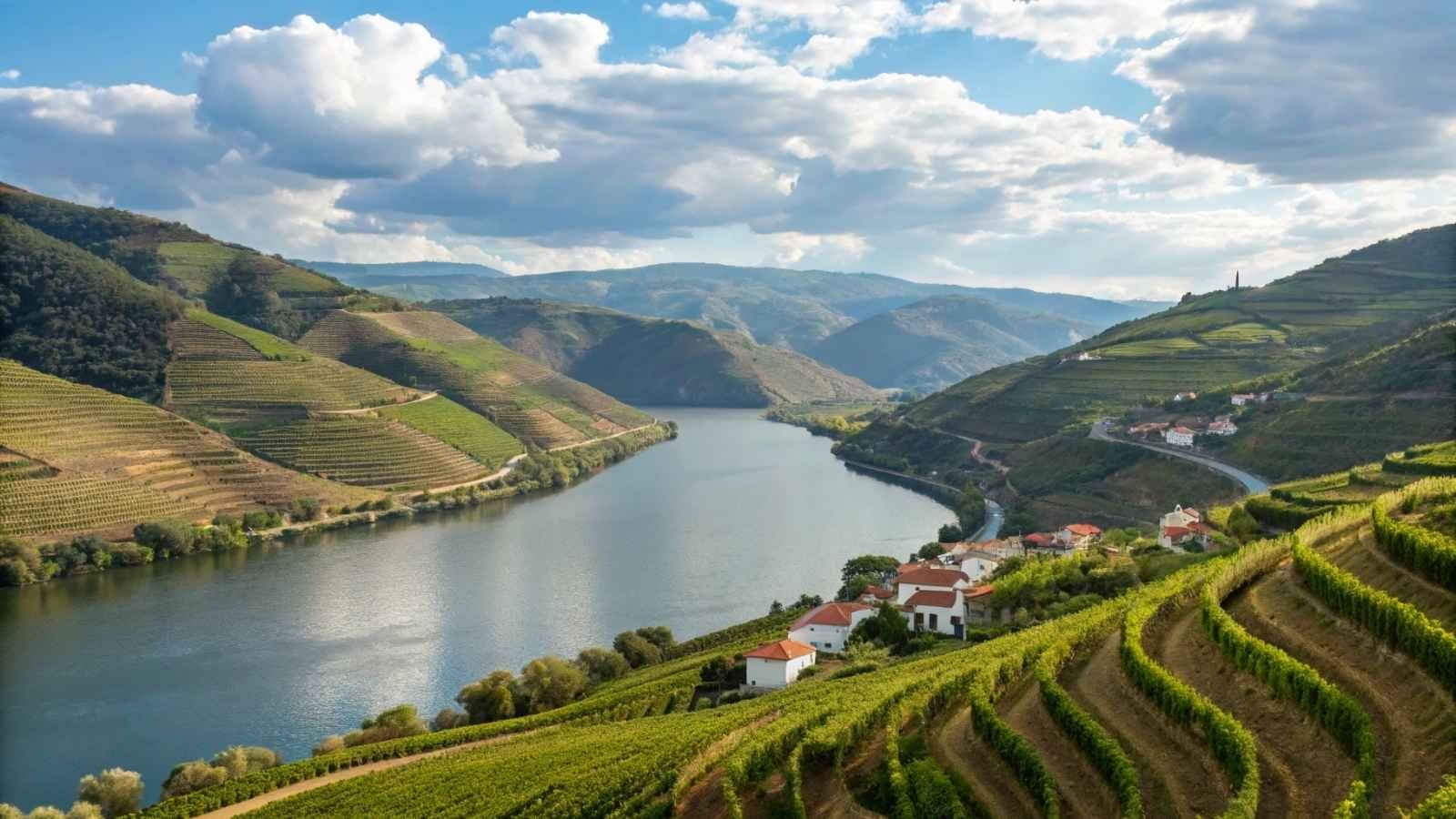
The Douro River Valley in northern Portugal is a masterpiece of human and natural beauty woven together. Terraced vineyards cascade down steep hillsides, and charming villages cling to the riverbanks. Cruises skim the surface here, but land travelers get the best of it—long lunches in wine estates, slow drives through vineyard roads, and stays in historic quintas (wine houses).
This is where the world’s famous port wine originates, and tasting it in cellars overlooking the river is an experience that lingers. Towns like Peso da Régua and Pinhão welcome visitors with tiled train stations, cobbled streets, and the kind of warmth only small communities provide.
What’s magical about the Douro is the way days unfold gently: mornings filled with vineyard walks, afternoons on shaded terraces, and evenings spent with a glass of tawny port as the valley glows gold in the fading light.
- Best Months to Visit: May–June, September–October (wine harvest season)
- Ideal Stay: 4–7 days
- Getting Around: Train rides, rental cars, river taxis
- Don’t Miss: Vineyard tours, Pinhão railway station, river kayaking
13. San Blas Islands, Panama
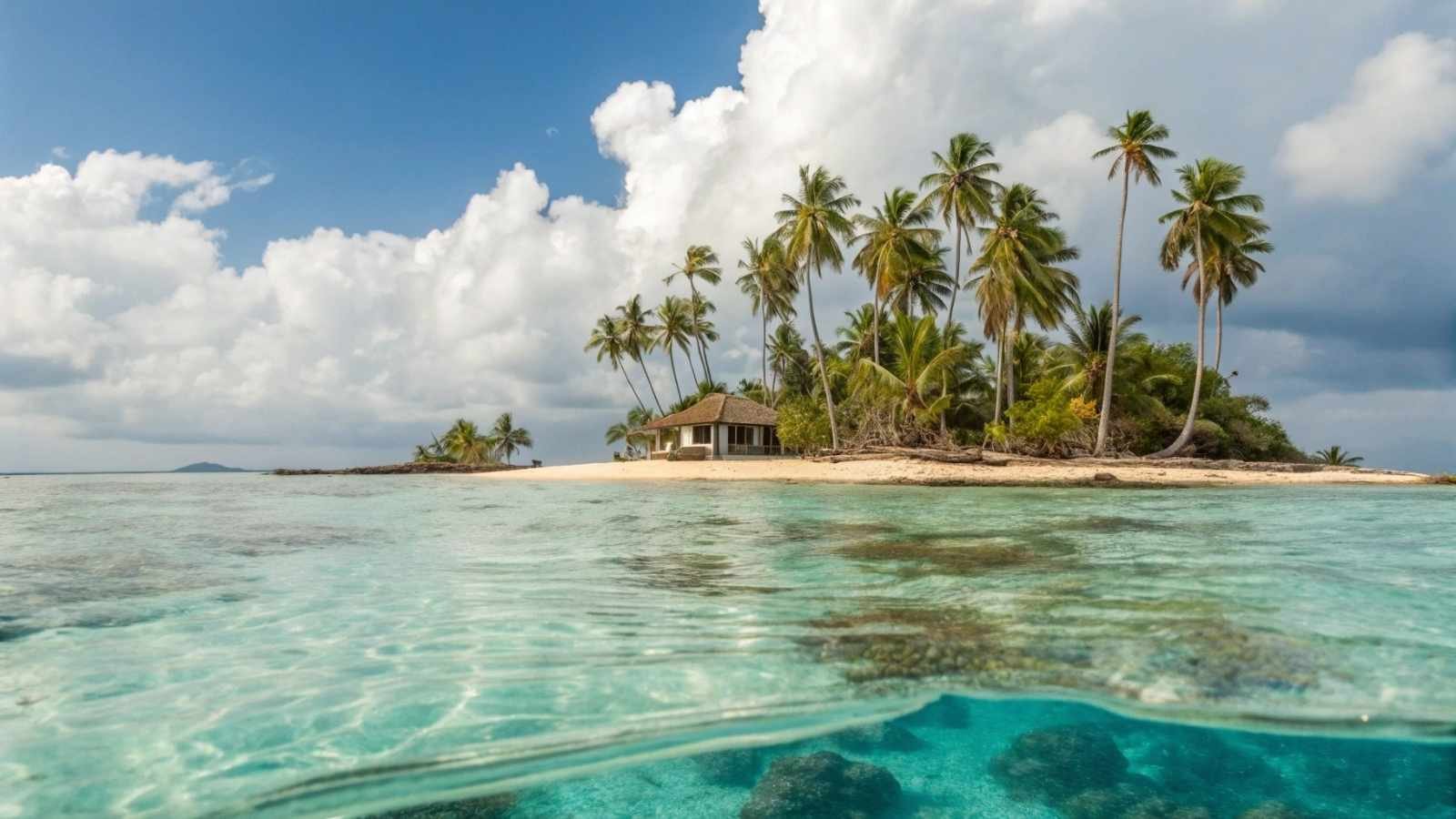
The San Blas Islands are a cluster of over 350 tiny, untouched islands scattered across the Caribbean. Unlike major cruise stops, these islands are governed by the indigenous Guna Yala people, who have kept them remarkably preserved. Palm-fringed beaches, turquoise lagoons, and colorful Guna villages give this destination a sense of authenticity that mass tourism often erodes.
Life here is stripped to the essentials. You stay in rustic huts on the sand, eat freshly caught seafood, and spend your days snorkeling coral reefs or island-hopping by dugout canoe. There are no giant resorts, no packed beaches—just nature, culture, and simplicity.
For travelers craving disconnection, the San Blas are perfect. Wi-Fi is sparse, but sunsets are fiery, waters are warm, and conversations with locals leave you with a sense of having touched something rare.
- Best Months to Visit: January–April (dry season, calm seas)
- Ideal Stay: 4–6 days
- Getting Around: Small boats, charter flights
- Don’t Miss: Snorkeling coral reefs, Guna Yala crafts, overnight island-hopping
14. Kerala Backwaters, India
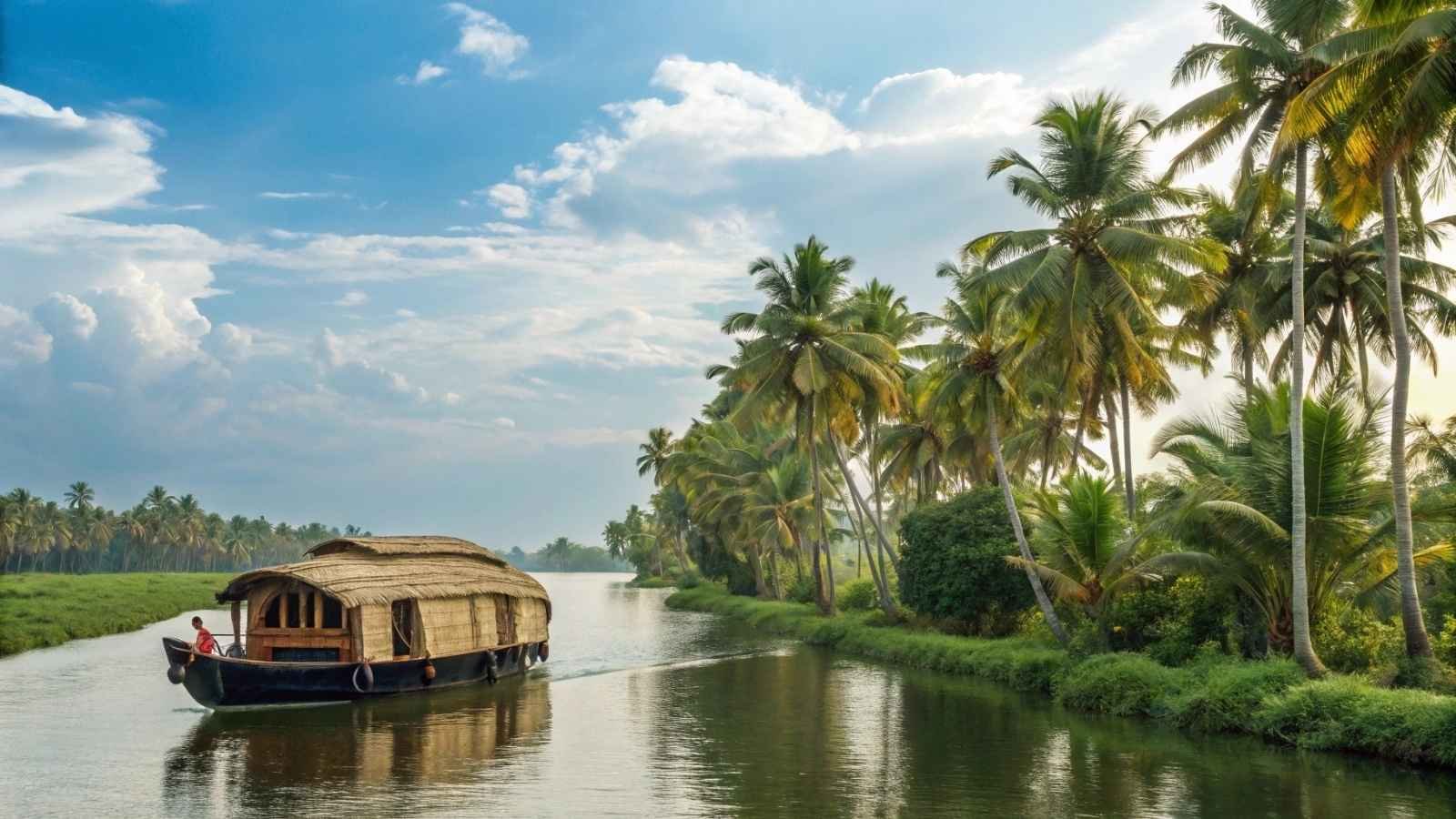
The Kerala Backwaters are a dreamy maze of canals, lagoons, and rivers winding through coconut groves in southern India. While a cruise might float briefly through, staying here offers a deeper connection. Traditional houseboats, called kettuvallams, let you glide slowly through the waterways while life unfolds around you: fishermen casting nets, women washing clothes on stone steps, children waving from the banks.
Each bend reveals something new—church spires rising above palm trees, rice paddies glimmering in the sun, flocks of egrets lifting off into the sky. The backwaters are not just scenery; they’re a way of life, and spending time here allows you to absorb the pace of rural Kerala.
Meals are another highlight: fragrant curries, spiced fish wrapped in banana leaves, and freshly tapped coconut water served right on deck. It’s an experience that blends serenity with cultural richness.
- Best Months to Visit: November–February (cool, dry weather)
- Ideal Stay: 3–5 days
- Getting Around: Houseboats, canoes, local ferries
- Don’t Miss: Alleppey houseboat stays, Kumarakom bird sanctuary, village walks
15. Lofoten Islands, Norway

The Lofoten Islands are rugged, wild, and unlike anywhere else in the world. Jagged peaks rise straight from the sea, red fishermen’s cabins cling to rocky shores, and waters glisten with shades of blue and green. Cruise ships may pass the area, but the real magic comes from staying in these tiny fishing villages and feeling the isolation and beauty up close.
In summer, the midnight sun keeps the days endless, perfect for hiking trails that weave past turquoise bays and sweeping views. Winter flips the script when the islands become one of the world’s best places to see the Northern Lights, glowing across the Arctic sky.
What sets Lofoten apart is the raw, untamed feel. You’re not just visiting—you’re braving the elements, exploring dramatic landscapes, and tasting cod that has sustained these communities for centuries. It’s wild beauty in its purest form.
- Best Months to Visit: June–August (hiking, midnight sun), December–March (Northern Lights)
- Ideal Stay: 5–7 days
- Getting Around: Rental cars, ferries, cycling
- Don’t Miss: Reine village views, Kvalvika Beach hike, Northern Lights chasing






